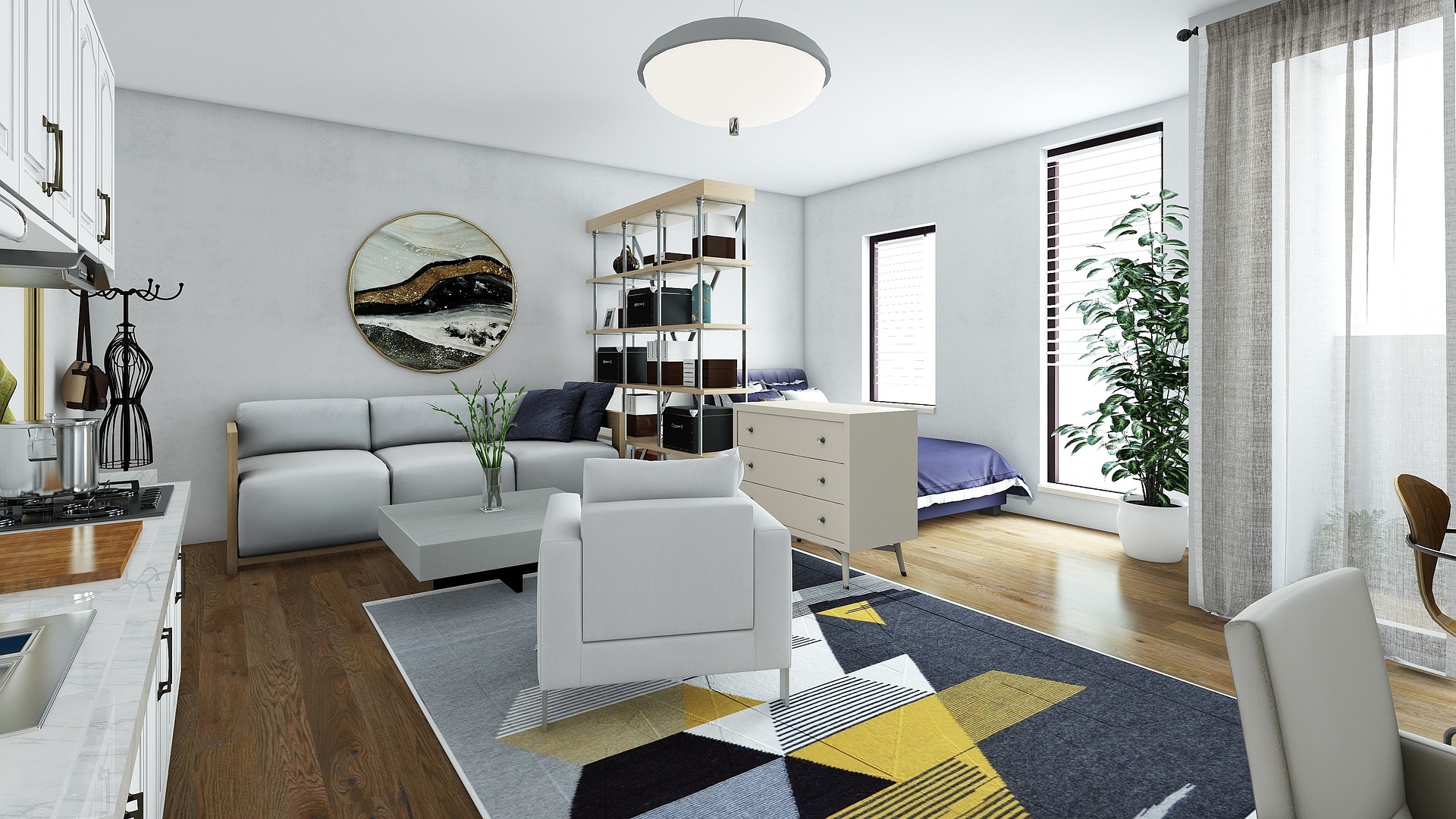Practical Interior Design Tips for Living Rooms & Bedrooms
Interior design shapes how we experience our homes every day — from the flow between rooms to how light and color influence mood. Whether you’re planning a full redesign or small updates, good interior design balances function and beauty. This article offers practical, style-forward guidance for furniture choices, home decor accents, and specific advice for the living room and bedroom to help you create spaces that feel intentional and livable.

What is thoughtful interior design?
Thoughtful interior design starts with purpose: understanding how you use a space, who uses it, and what feelings you want it to evoke. Begin by assessing traffic flow, natural light, and architectural features. Prioritize essential elements (seating, storage, lighting) before layering decor. A clear plan reduces impulse purchases and prevents clutter. Consider sustainability and longevity when selecting materials and finishes—timeless choices often provide greater long-term satisfaction than fleeting trends.
Choosing furniture that fits your space
Selecting the right furniture is both practical and aesthetic. Measure rooms and doorways, then sketch a layout to scale or use an app to test arrangements. Choose pieces that suit the room’s function: comfortable seating and durable surfaces in high-traffic areas; smaller, adaptable pieces for multipurpose rooms. Multifunctional furniture—like storage ottomans, sofa beds, and extendable tables—maximizes utility in compact spaces. Pay attention to proportions: low-profile sofas can make a small living room feel larger, whereas oversized pieces overwhelm modest bedrooms.
How to use home decor to reflect personality
Home decor turns architecture and furniture into a personal statement. Start with a restrained color palette—two dominant colors plus one accent—to keep a cohesive look. Layer texture (rugs, throws, curtains) to add depth without introducing visual chaos. Art, books, and curated objects tell a story; rotate items seasonally to refresh a room without major expense. Lighting fixtures and greenery are high-impact decor choices: good lamps enhance ambience, while plants soften lines and improve perceived airiness. Remember, tasteful restraint often reads as sophistication.
Designing a balanced living room
A living room must balance comfort, circulation, and social use. Anchor the seating around a focal point such as a fireplace, TV, or a large window. Create conversational groupings with sofas and chairs placed to allow easy interaction. Use area rugs to define zones and select lighting at multiple layers—ambient, task, and accent—to adjust mood throughout the day. Incorporate storage solutions (built-ins, media units, baskets) to keep surfaces clear. Finally, mix materials—wood, metal, fabric—to add visual interest while maintaining harmony across finishes and colors.
Creating a restful bedroom
The bedroom should prioritize rest and relaxation. Invest in the right mattress and bed frame, then build the room’s palette around calming hues and soft textiles. Limit technology and clutter—designate a place for devices and laundry to preserve tranquility. Window treatments that allow light control and room-darkening are essential if you’re sensitive to daylight. Consider bedside lighting for reading and small storage options like nightstands or floating shelves. Use layered bedding and a rug underfoot to create a cozy retreat that feels cohesive with the rest of your home.
Note on tools and wording: During preparation an API request timed out with the message Service Unavailable: . Also, the correct spelling for the term used above is “multifunctional” (not “multifuctional”), and that has been applied throughout.
Thoughtful interior design combines practical planning with aesthetic choices that reflect how you live. By focusing on proportionate furniture, meaningful decor, and room-specific strategies for the living room and bedroom, you can create comfortable, stylish spaces that endure. Small, deliberate decisions—better lighting, a consistent palette, and multifunctional pieces where needed—often deliver more impact than wholesale overhauls.






